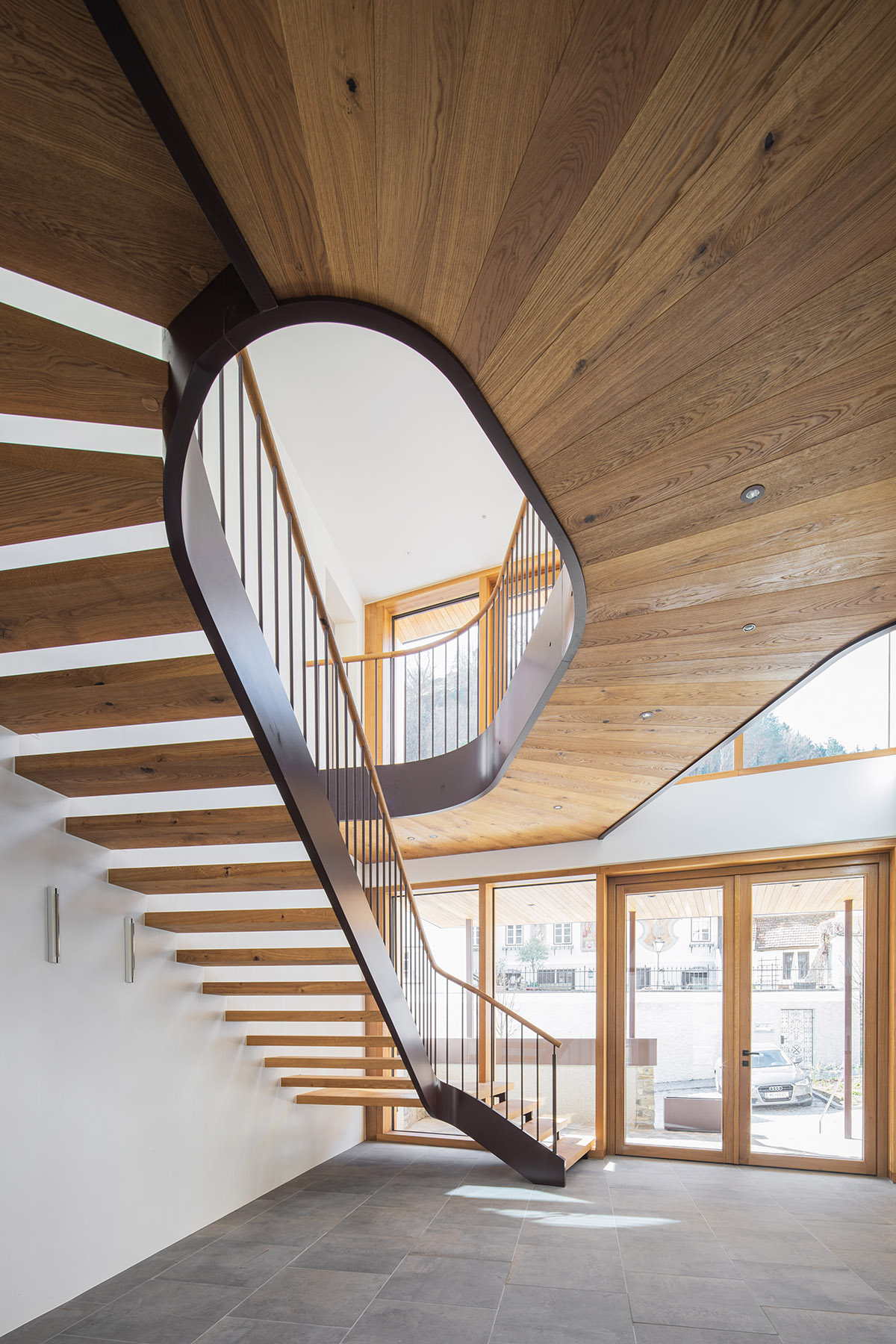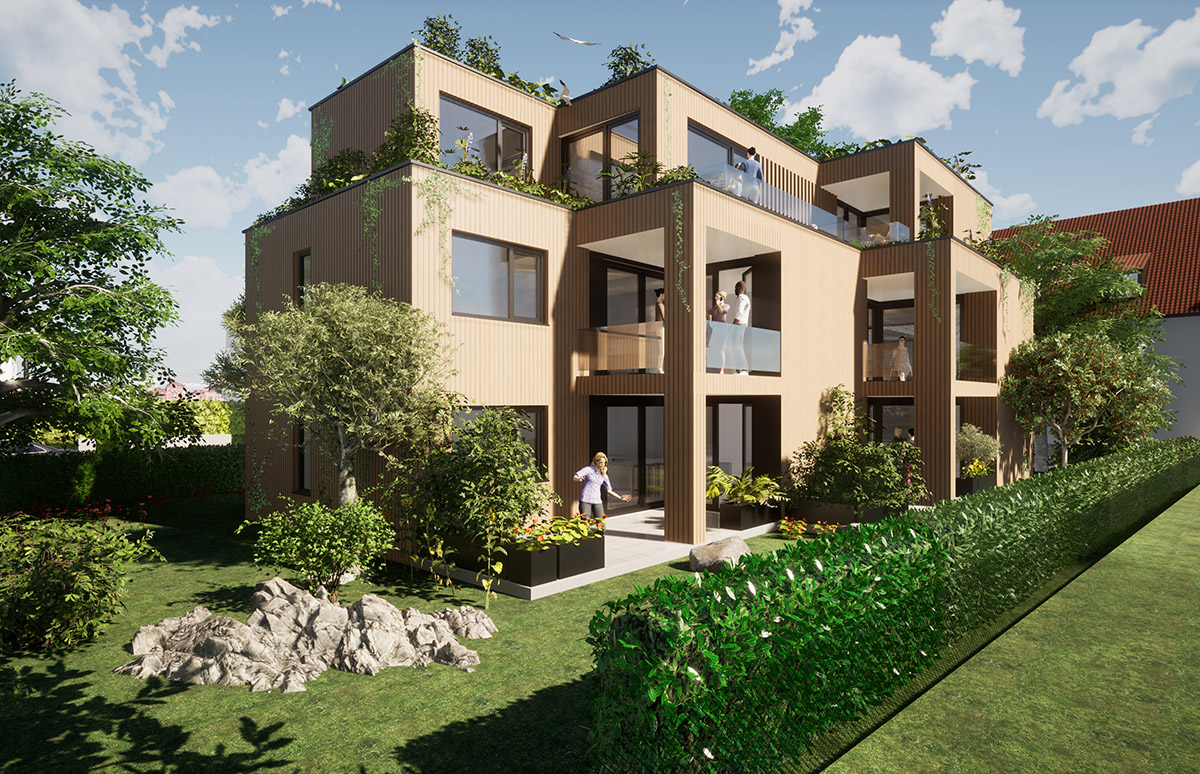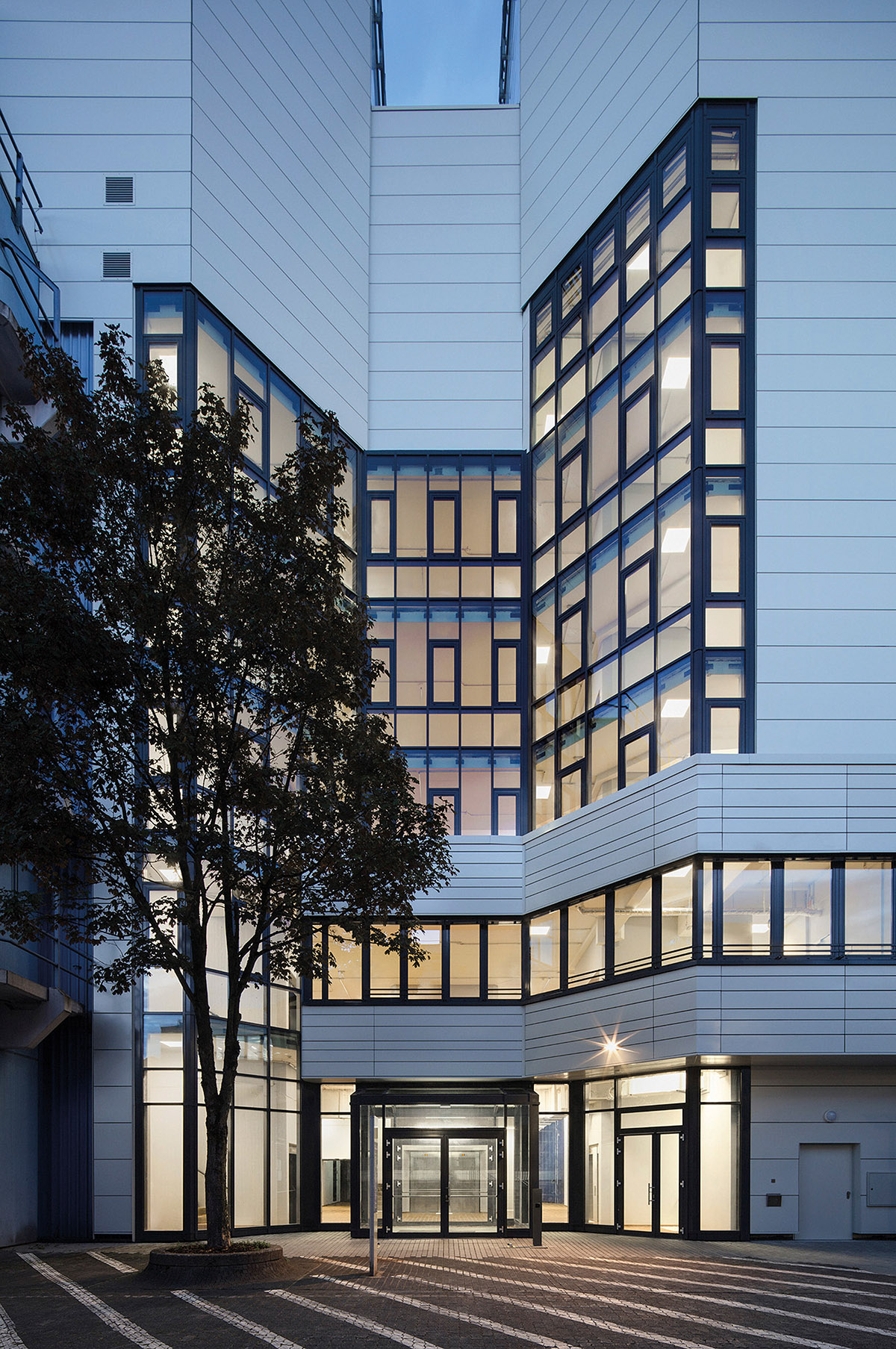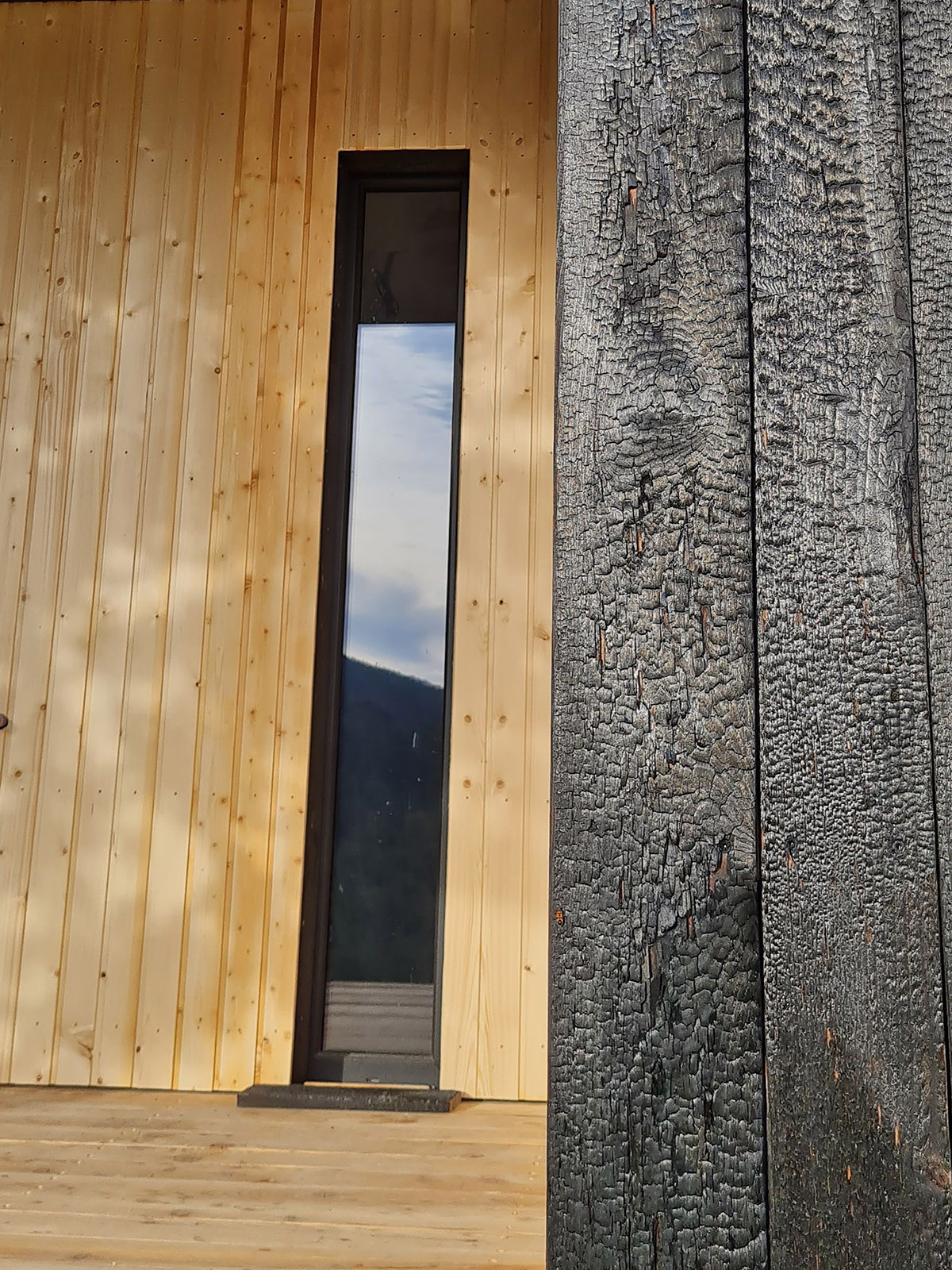FOCUS ON SUSTAINABILITY

Photo © Pixabay
Climate change affects all aspects of life and it is evident that individuals and industries alike need to change their ways to provide a more sustainable world for future generations. But how does climate change transform architecture in our cities and how can the building industry help tackle the climate emergency?
While more and more people move to cities, summers become hotter and drier all over the world. The climate emergency is evident, and most industries need to rethink and change their ways to become more sustainable. The architecture and building sector has often been called one of the most unsustainable industries, mainly due to the fact that they are known to produce even more CO2 emissions than global air traffic. Udo Sonnenberg, manager of the DAI association for German architecture and engineering associations, explains: “Construction activities substantially influence the climate. Let’s take a look at resources, for example. No other industry needs as many natural resources as the building sector. The existing building stock is also responsible for around 40 per cent of the primary energy consumption. However, there is a lot already been done to mitigate this.”
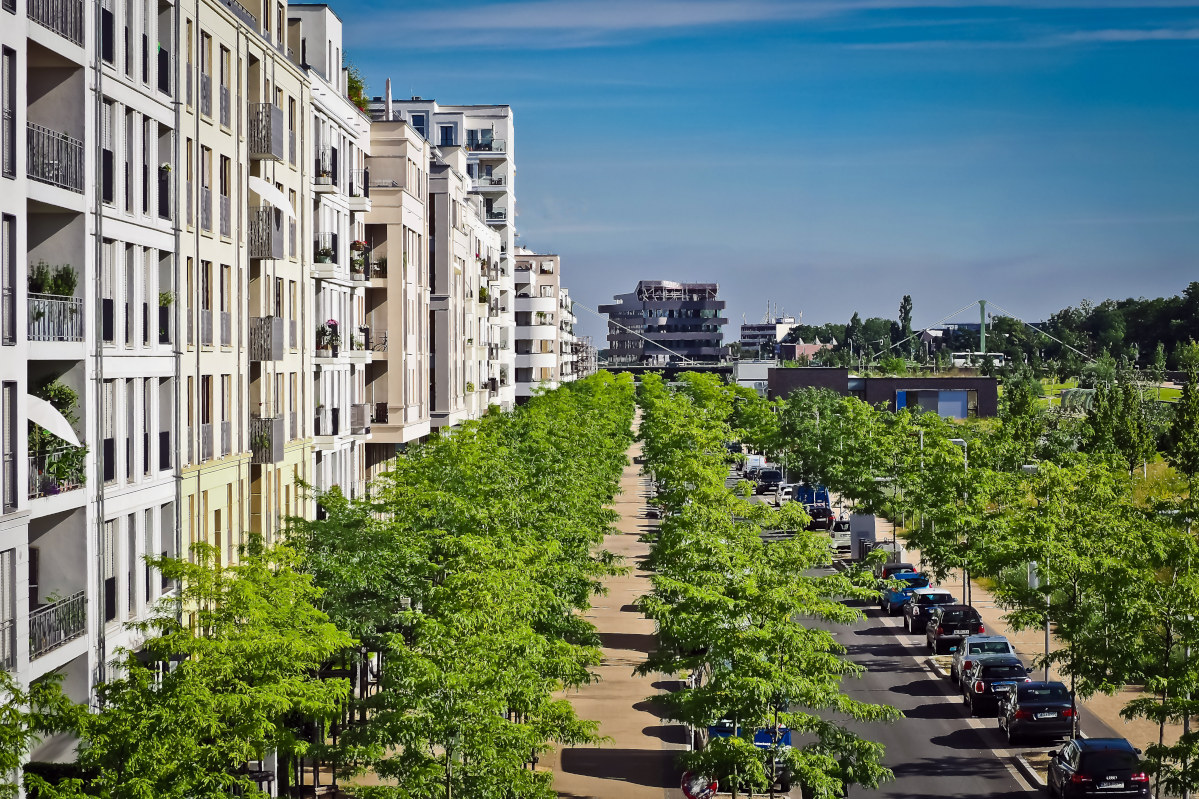
Photo © Pixabay
Urban jungles
One of the most striking examples that we already see in many city centres are green facades and the use of plants to embellish buildings and roof gardens. Not only does it look better, it also helps reduce air pollutants and urban temperatures, while improving general well-being, the thermal benefits of structures, biodiversity as well as reducing noise. Another great factor to consider: it hides the more ugly aspects of city life.
Energy-efficient building
Energy-efficiency is a core aspect in most walks of life but even more so in architecture. More and more architects are interested in finding out what energy needs to be put in creating a building, as well as the amount of energy it will later use. In the past 30 years, the focus was primarily on the building shell and its operating power, while a general shift in focus now goes towards including what energy is needed to create it, as well as to create the actual building materials. The planning and building process needs to become less energy-consuming and architectural offices all over the world are working towards this common goal.
Architectural working as a whole
Of course, working and planning processes of architectural firms will have to be rethought too. Udo Sonnenberg explains: „BIM, in essence the entire digital planning before we reach the building pit, will take on greater significance. It will help avoid mistakes that would lead to time exposure, expenditure and the waste of building materials in the building phase. Two thirds of the expenditure will be spend on the theoretical part, while one third will go towards the actual building phase. Due to the large amounts of material that get used in architecture, small measures can often be already effective.”

Photo © Pixabay
New materials
While buildings need to be designed in a different and new light, new materials are being tested out everywhere. Many architects believe in the power of wood as wood is a renewable building material that is preferable to concrete, brick, aluminium or steel in a sustainability sense – despite deforestation aspects. An example of what wood is capable of is the wooden high-rise building HoHo in Vienna by the architectural firm Rüdiger Lainer and Partner. With 24 floors, it is currently the tallest wooden skyscraper.
Another prominent example is the work currently done by Florian Nagler Architekten – the architectural firm is trying a somewhat different approach in trying to fight the waste of ressources. The firm built three different research houses (one with concrete, one with timber and one with brick) in Bad Aibling to find out what material is best to save energy and produce the least CO2 during the building phase, as well as when occupants actually live in the building. As the buildings are now occupied, continuous measurements over the next few years will most likely come up with interesting data that gives some answers on the most pressing architectural questions of our time. Stay tuned!
Subscribe to Our Newsletter
Receive our monthly newsletter by email
